Social media spotlight gives shelter dogs a 2nd chance at life



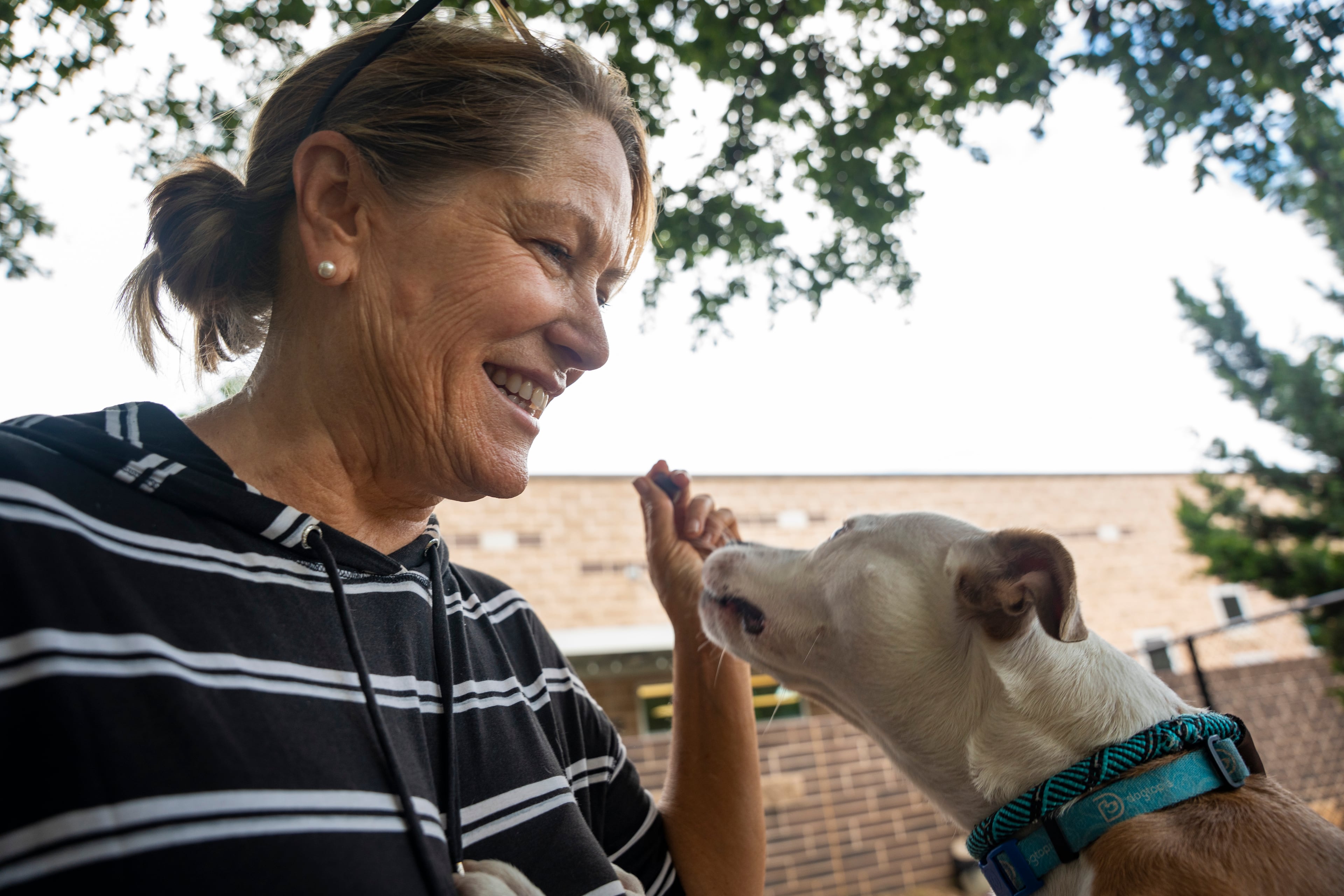
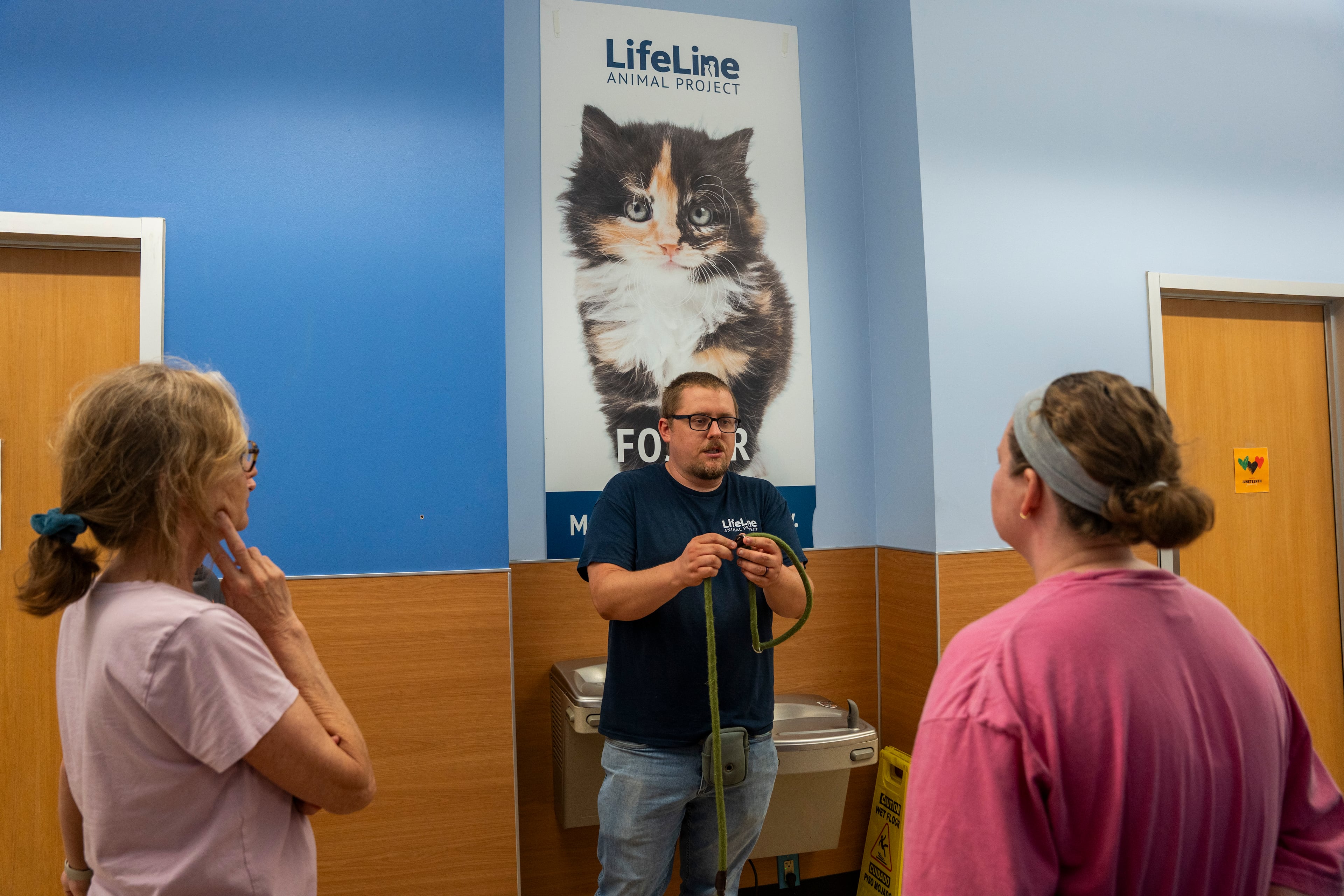



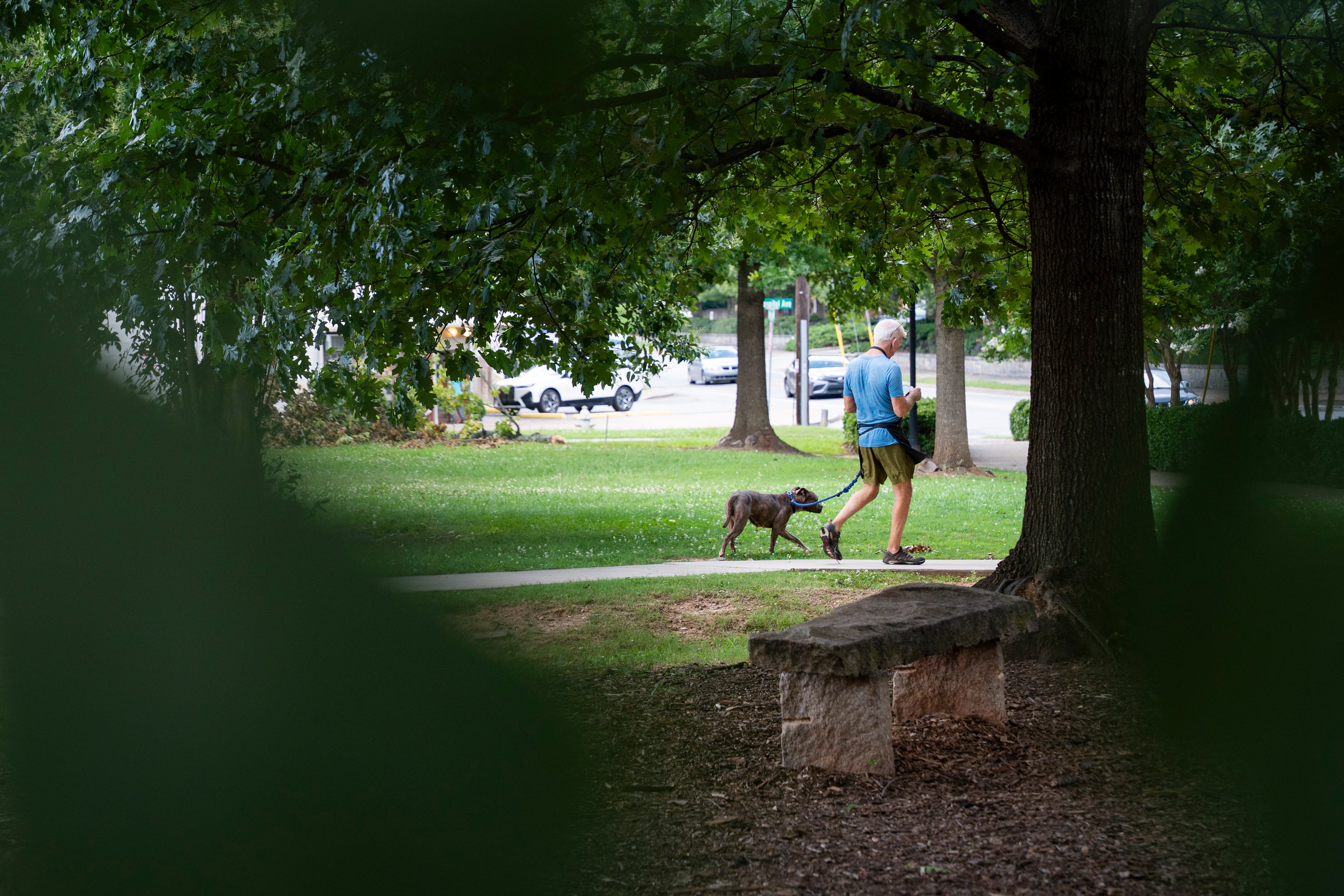
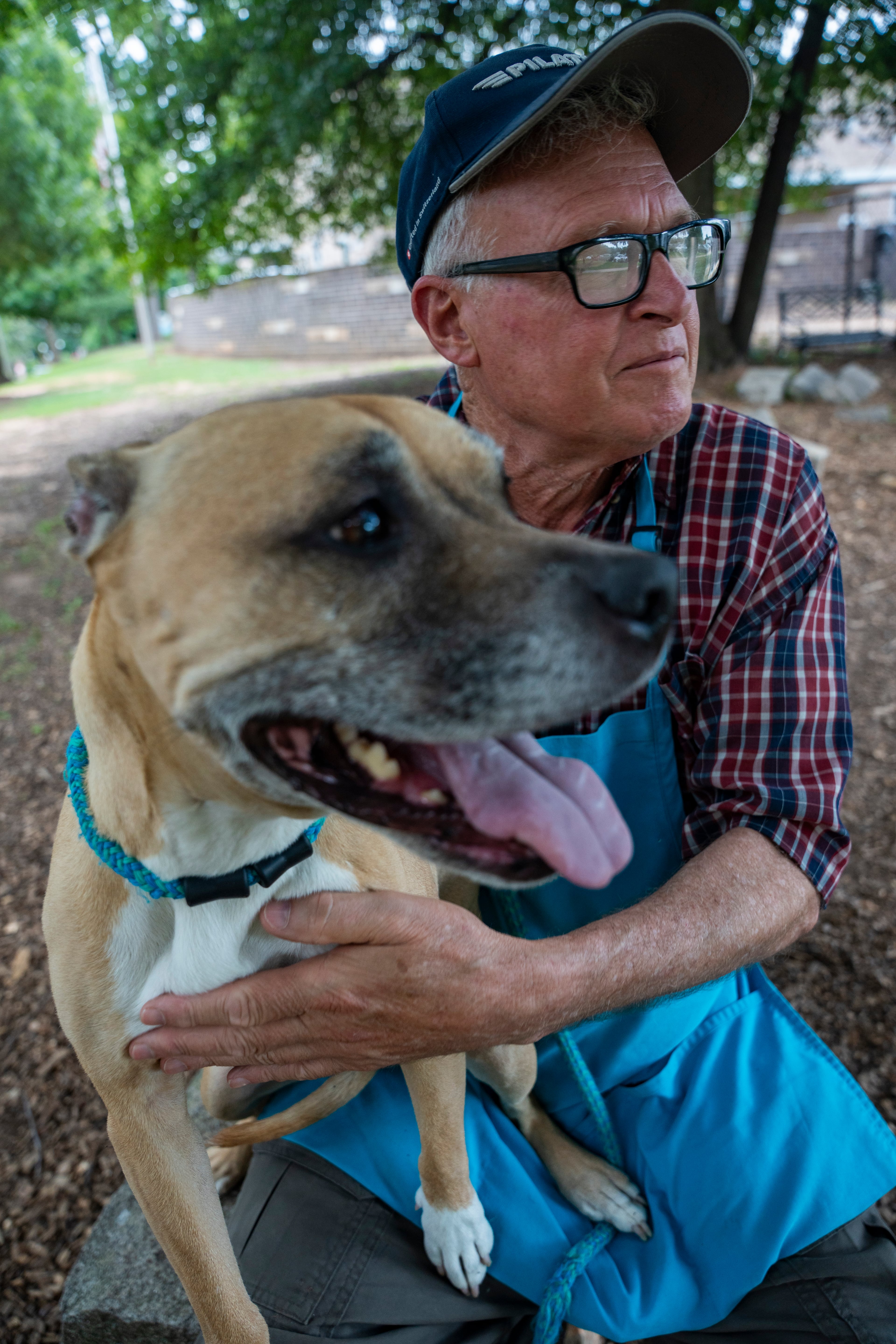

While scrolling Facebook from a small town in central Maine, Jenna Snowman-Caley ran across photos of dogs up for adoption at an animal shelter in Atlanta. They were just hours away from euthanasia.
A few phone calls later, a 1 1/2-year-old Cane Corso Mastiff mix named Diamond from Atlanta’s LifeLine Animal Project was on her way up north.
“I wanted to try to help a dog in need rather than going to a local place where we have a lot less of that sort of issue,” she said.
Social media has provided that help, transforming the dog adoption process at LifeLine, where animals have to be put down each week due to shelter overpopulation and for medical and behavioral reasons. The dogs have gone viral on TikTok, Instagram and Facebook, reaching families across the country who hear the shelters’ desperate pleas online.

LifeLine runs animal shelters in DeKalb and Fulton counties. Sonali Saindane, chair of the DeKalb County Animal Services Advisory Board, said overcrowding there has increased since the pandemic because of escalated enforcement of local ordinances causing more dogs to be seized. There are other problems, too: unlicensed breeding, gaps in access to spay and neuter services, housing evictions that force people to give up animals, a decrease in rescue support and a rise in adoption returns.
That overcrowding, which is worse at the DeKalb shelter than in Fulton, is painfully evident with one visit inside.
The dogs bark loudly. Some paw desperately at the glass. Others cower in the corner.

But there are also moments of joy. Volunteers and staff bring dogs out to meet visitors, who excitedly peer down the shelter’s hallways at the rows of animals. Outside, a few lucky dogs get walked or brought out to play in a fenced-off courtyard.
Each week, a few of the dogs are put down if they cannot be adopted or fostered in time. In July, for example, 23 were euthanized and 282 were adopted from the DeKalb shelter because of overcrowding.
Sam Moore, the shelter’s social media coordinator, said pets that go viral often draw a captive audience — and more potential owners asking for look-alike animals at the shelter.

Mario Strano used to foster dogs with LifeLine before moving to Denver. He adopted a pit bull mix affectionately named Brad Pitt after seeing videos and photos that had gotten more than a thousand likes of Pitt relaxing with his hind legs splayed out behind him on the floor. Strano talked with LifeLine’s staff about the dog and then had Pitt shipped cross-country.
He said the process was easy and that social media provided access to owners like himself who otherwise wouldn’t have been reached.
“Through social media, a lot of people have been able to really introduce pit bull or bully-type dogs to the world and see how stereotyped they really are,” he said.

Experts say the social media advertising strategy is remarkably advanced. Jeannine Henderson, an advocate and dog foster who runs active social media accounts about the shelters, is an ex-marketing manager.
She thinks carefully about the storytelling, creating a narrative arc about an animal’s life that will resonate with those scrolling at home.
“I create content to tell those stories and hopes of pulling heartstrings so that people will want to help these animals,” Henderson said.
At the DeKalb shelter, Friday is the dreaded day of euthanasia. Volunteers and staff hold their breath each week as it draws near.
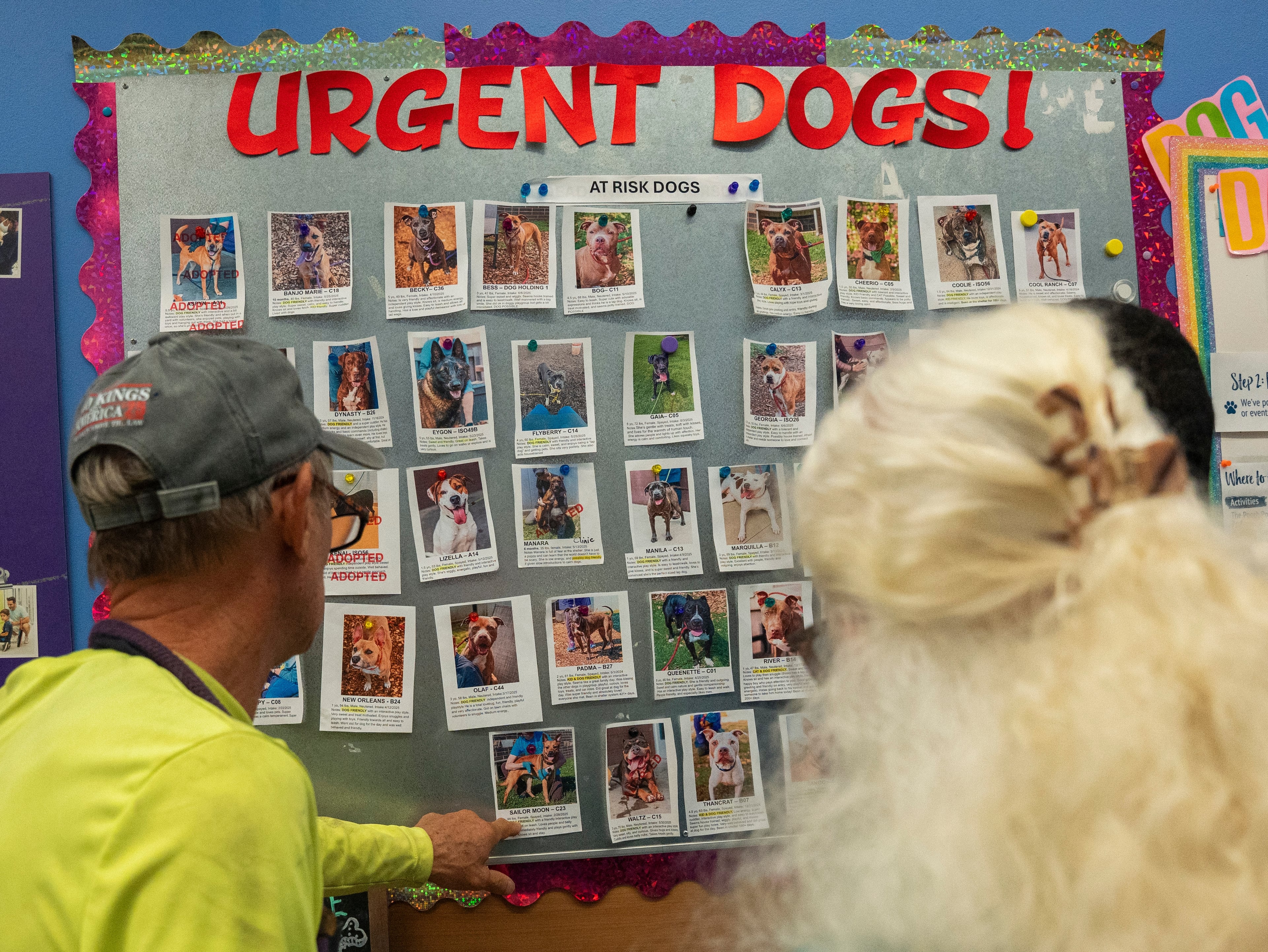
The week begins each Tuesday with a list that names the dogs slated to die. From there, the social media experts flood the internet with urgent pleas, counting down the final hours of an animal’s life, hoping for a reprieve. They share all types of information, including snapshots and even short stories, such as how the animal landed in the shelter.

Ryan Hamilton, associate professor of marketing at Emory University’s Goizueta Business School and an expert on customer psychology, said the idea of a product running out, known as the “scarcity tactic” in marketing, is captivating for audiences even in cases where it is used multiple times in a row.
Many of the shelters’ social media accounts are run by volunteers like Mary Alex Anders, who handles an account called Rise Up Rescue ATL. All but one of the dogs she’s posted about have been adopted or fostered. Her social media has connected her with people all over the world.
It also gives people who aren’t able to foster and adopt a way to help, Anders said.
“One share to a story or one comment can put that video on somebody else’s page, and then that’s the person who’s going to adopt the dog,” she said. “It not only helps dogs get foster adopted, but it brings the Atlanta community together.”
After adopting Diamond, Snowman-Caley decided to create a nonprofit called Miller’s Legacy Dog Rescue and Rehab, named for her first dog, Miller. Its mission is to pull dogs from shelters like the ones in Atlanta and take them elsewhere for wider adoption circulation. Diamond, who resembles Miller, is Snowman-Caley’s fourth dog rescued hours away from euthanasia.
“She’s been a wonderful addition to our family,” she said. “And she’s so loving.”

